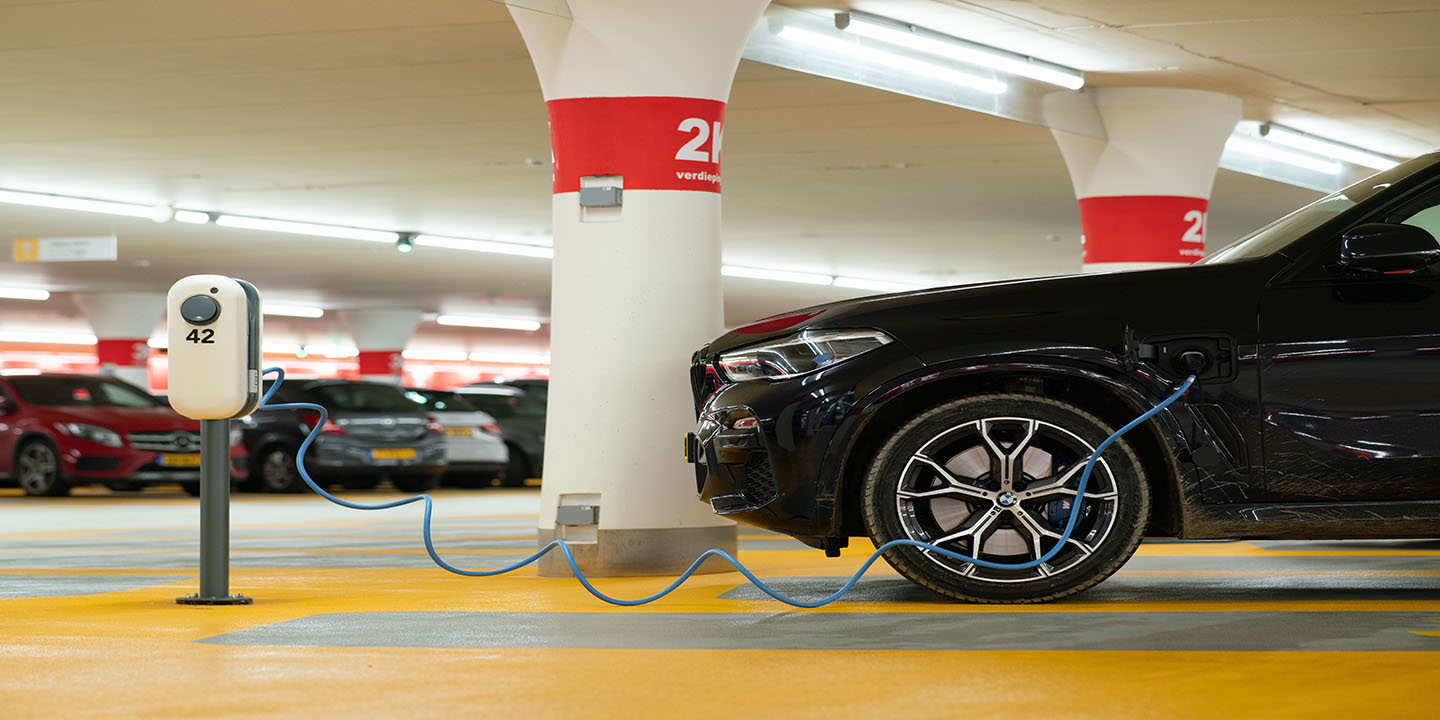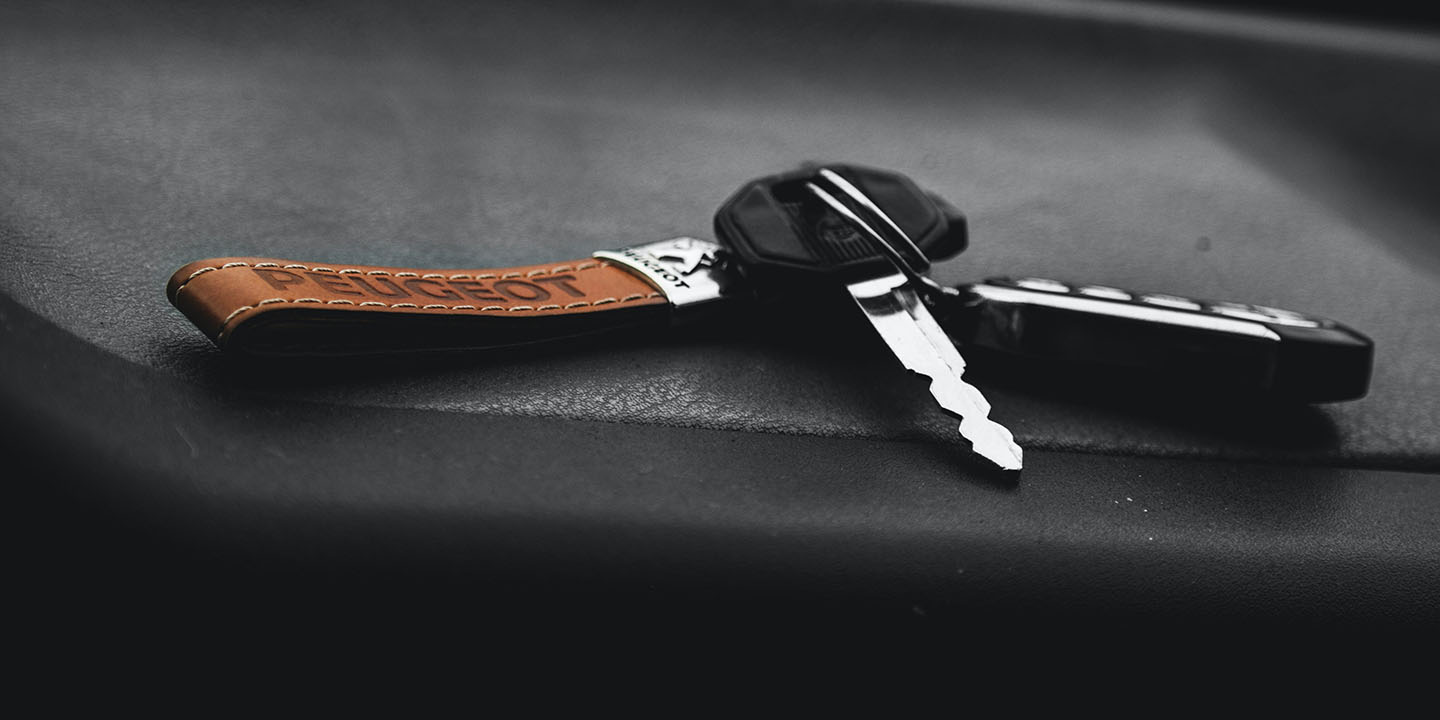Money In Your Pocket: 20 Simple Ways To Save On Car Repairs
Looking To Slash Your Repair Costs?
Car repairs can be more costly than almost any other expense. While some breakdowns are unavoidable, most costly repairs are completely preventable with a few smart habits. Here are 20 proven ways to reduce car repair costs that you can incorporate now that save big in the future.
1. Learn To Read Warning Lights
Dashboard warning lights aren’t just suggestions—they’re early alerts. Ignoring a check engine light can turn a $50 sensor replacement into a $1,200 catalytic converter repair. Use a free OBD2 scanner from auto parts stores to read codes.
2. Stick To The Maintenance Schedule
Skipping scheduled maintenance can lead to faster wear and tear. Many vehicles require oil changes every 5,000 to 7,500 miles and timing belt replacements between 60,000 and 100,000 miles. To keep your car running smoothly, always refer to your owner’s manual for maintenance guidelines tailored to your specific model.
3. Inspect And Replace Brake Pads Early
Worn brake pads reduce stopping power and can damage rotors if ignored. While early replacements cost approximately $150, waiting too long can result in a $500+ for rotor and caliper replacement. Therefore, have the pads inspected every 10,000–15,000 miles or during tire rotations.
 Brake Inspection: How to know if you need a brake job by The Lawn Engineer
Brake Inspection: How to know if you need a brake job by The Lawn Engineer
4. Use High-Quality Aftermarket Parts
Original Equipment Manufacturer (OEM) parts aren’t always necessary. Using high-quality aftermarket parts can save 30–50% without sacrificing reliability. For example, a branded brake pad set might cost $120, while a reputable aftermarket version sells for $60–$70.
5. Learn Basic Repairs Yourself
Small repairs, like replacing air filters, wiper blades, or spark plugs, can save hundreds of dollars yearly. YouTube and manufacturer websites offer step-by-step instructions for most models. Just ensure you follow safety precautions and use the right tools.
6. Don’t Ignore Minor Issues
Strange noises or fluid spots under your car often signal deeper problems. A minor oil leak can damage gaskets and spark plugs if left unchecked. However, fixing a small leak early might cost $80, while a delayed repair can balloon into a $1,500 engine overhaul.
7. Use A Trusted Independent Mechanic
Dealerships charge up to 30% more than independent shops. A 2022 Consumer Reports survey found that independent mechanics often receive higher customer satisfaction scores for cost and service. Ensure you choose ASE-certified technicians and request a warranty for the work.
8. Keep Tires Properly Inflated
Underinflated tires reduce fuel economy and wear out quickly. According to the Department of Energy, driving on properly inflated tires can improve miles-per-gallon rating by up to 3%. It also prevents uneven wear, which can lead to premature replacement.
9. Avoid Driving On A Cold Engine
Revving or speeding off right after starting the engine increases wear. Engines need time to circulate oil thoroughly. Driving gently for the first few minutes keeps engine parts lubricated and extends the life of pistons, valves, and other components.
 What is the Blue Light on my Subaru Dashboard? by Nate Wade Subaru
What is the Blue Light on my Subaru Dashboard? by Nate Wade Subaru
10. Use The Right Type Of Motor Oil
Using oil with the wrong viscosity can reduce engine performance and cause damage. Though more expensive upfront, synthetic oils last longer and resist breakdown better in extreme temperatures. Over time, this can prevent sludge buildup and extend engine life.
11. Flush Fluids At Recommended Intervals
Transmission, coolant, brake, and power steering fluid all break down over time. Neglecting fluid flushes leads to internal corrosion and part failure. Always follow your car’s maintenance manual for the exact interval and fluid type.
 Mazda 6 One-Person Brake Fluid Flush by Mike attempts
Mazda 6 One-Person Brake Fluid Flush by Mike attempts
12. Replace Worn Belts And Hoses Early
Belts and hoses tend to degrade more quickly in hot climates and older engines. A cracked serpentine belt can snap unexpectedly, disabling power steering and alternator functions. Replacing it costs around $75–$200, but failure while driving can damage surrounding components.
 HOW TO DIY timing belt replacement on SAAB 93 by HOW TO DIY with Eddy
HOW TO DIY timing belt replacement on SAAB 93 by HOW TO DIY with Eddy
13. Keep The Battery Terminals Clean
Corrosion on battery terminals can interfere with the starting and charging systems. You can spare yourself some expensive diagnostics using a $5 battery brush and baking soda water. Clean terminals every six months, especially before winter and summer, when battery stress peaks. How I make Cleaning My Battery Terminals Quick and Easy by IN OVERDRIVE
How I make Cleaning My Battery Terminals Quick and Easy by IN OVERDRIVE
14. Invest In A Good Set Of Tools
Owning basic automotive tools saves on labor costs over time. Your toolbox should contain a socket set, torque wrench, and jack. These tools pay for themselves after a few DIY jobs. Nevertheless, choose tools rated for automotive use and proper safety.
15. Join A Roadside Assistance Program
Flat tires or dead batteries often lead to costly emergency repairs when handled through random towing services. Roadside assistance programs like AAA or your insurance offer towing, battery service, and flat repair at reduced or no cost.
16. Monitor And Replace Cabin And Engine Air Filters
Dirty filters reduce airflow, forcing the engine to work harder and negatively impacting fuel efficiency and performance. Replacing an engine air filter costs around $20 and takes less than 10 minutes. Ignoring it can reduce mileage by up to 10%.
 How To Change Your Cabin And Engine Air Filters by Autozone
How To Change Your Cabin And Engine Air Filters by Autozone
17. Park In The Shade Or Use A Car Cover
Exposure to direct sunlight degrades interior materials and engine bay components over time. Rubber hoses and plastic parts also become brittle and crack. You can avoid such expensive repairs by parking in shaded areas or using a $30 car cover, which helps.
18. Rotate Your Tires Regularly
Tires that wear unevenly can reduce performance and shorten their lifespan. Most manufacturers suggest rotating your tires every 6,000 to 8,000 miles. While a rotation is often free with other services, replacing all four tires can set you back more than $500.
 Bulat843 @prayfor843 TG on Pexels
Bulat843 @prayfor843 TG on Pexels
19. Replace Spark Plugs On Schedule
Old spark plugs misfire, strain the ignition system, and lower fuel efficiency. Most modern vehicles require replacement every 60,000 to 100,000 miles. A neglected spark plug can damage the catalytic converter, a repair exceeding $1,000.
 How To Change & Inspect Spark Plugs by Engineering Explained
How To Change & Inspect Spark Plugs by Engineering Explained
20. Use Fuel From Reputable Stations
Low-quality fuel can contain contaminants that clog injectors and damage sensors. Always visit top-tier gas stations that adhere to strict detergent additive standards set by automakers. Studies show that this can reduce carbon deposits in the engine by up to 19%.



















